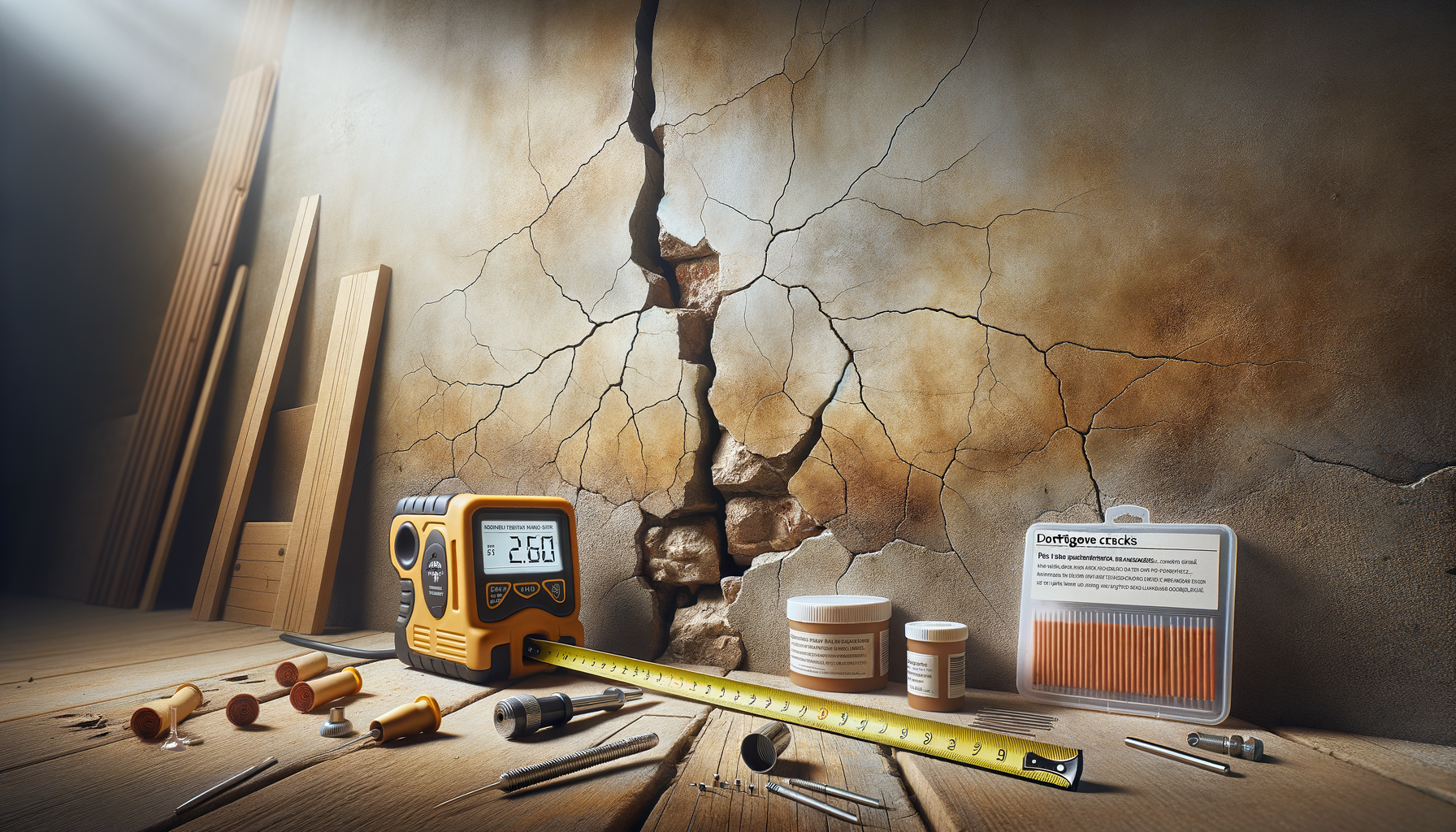Introduction
Seeing cracks in your basement walls can be pretty scary. If you ignore them, they might get worse and could make your house weak and less valuable. It’s important to fix these cracks quickly. In this blog, we will talk about why these cracks happen, how to check if they are serious, and how you can fix and prevent them.
Understanding Basement Wall Cracks
Types of Cracks
- Horizontal Cracks: These are the most serious. They usually mean the soil outside is pushing too much on your walls.
- Vertical Cracks: These are common and usually not too serious. They often happen because the house is settling.
- Diagonal Cracks: These happen due to uneven settling or soil pressure.
- Hairline Cracks: These tiny cracks might not be a big deal right away, but it’s good to keep an eye on them.
Common Causes of Basement Wall Cracks
- Soil Pressure: Soil that expands and contracts can push on your basement walls and cause cracks.
- Water Damage: Constant moisture can weaken the walls and create cracks.
- Foundation Settlement: As the ground settles, it can cause cracks in your walls.
- Climate Changes: Big temperature changes can make the walls expand and contract, leading to cracks.
Checking the Severity of the Crack
Visual Inspection Tips
- Size: Measure the crack. Bigger cracks are usually more serious.
- Direction: Horizontal cracks can be more worrying than vertical ones.
Tools for Measurement
- Crack Monitors: These help you see if the crack is getting bigger over time.
- Measuring Tapes and Rulers: These are basic tools to measure the crack’s size.
When to Call a Professional
- Structural Engineers: Call them if the cracks look bad or if you’re not sure how serious they are.
- Professional Contractors: They can give you an expert opinion and fix the cracks if needed.
Fixing Minor Cracks in Basement Walls
What You Need
- Crack Filler: Good for small to medium cracks.
- Epoxy Injections: These seal the cracks and stop them from getting worse.
- Waterproofing Sealant: This keeps moisture out of the cracks.
Step-by-Step Guide
- Clean the Area: Get rid of any dirt or debris around the crack.
- Apply Crack Filler or Epoxy: Follow the instructions on the package.
- Seal and Waterproof: Use a sealant to keep water from getting into the crack.
Safety Tips
- Ventilation: Make sure you have good airflow when using chemicals.
- Protective Gear: Wear gloves, masks, and safety glasses to stay safe.
Preventing Future Cracks
Addressing Moisture Issues
- Improve Drainage: Make sure water flows away from your basement walls.
- Install Sump Pumps: These help keep your basement dry.
- Use Dehumidifiers: These reduce humidity and help prevent cracks.
Regular Maintenance
- Check Your Foundation: Look for cracks regularly.
- Fix Small Cracks Quickly: Don’t let small problems turn into big ones.
- Smart Landscaping: Use plants and techniques that manage soil moisture and prevent erosion.
When You Need Major Repairs
Signs of Big Problems
- Bowing Walls: Walls that curve inward could mean serious issues.
- Uneven Floors: These can be a sign the foundation is shifting.
- Sticking Doors and Windows: These may indicate that your house is settling unevenly.
Major Repair Options
- Wall Reinforcements: Adding braces or beams to support the walls.
- Foundation Underpinning: Making the foundation deeper or wider to strengthen it.
- Exterior Waterproofing: Creating barriers to keep water out.
Costs
- Minor Repairs: Usually cost between $100 and $500.
- Major Repairs: Can cost from $5,000 to $15,000 or more.
- Impact on Home Value: Fixing cracks can help keep or even improve your home’s value.
DIY vs. Professional Help
DIY Repairs
- Pros: Cheaper and can be a fun learning experience.
- Cons: If done wrong, it can make things worse.
When to Call a Pro
- If you have big cracks, lots of water damage, or signs of structural problems, call a professional.
Choosing a Contractor
- Get referrals, read reviews, and make sure they are licensed and insured.
Personal Stories and Case Studies
- DIY Success: Stories from people who’ve fixed their own basement cracks.
- Big Repair Wins: Case studies of major repairs that turned out great.
- Lessons from Ignoring Cracks: Real examples of what can go wrong if you don’t fix cracks.
Conclusion
Fixing basement wall cracks early can save you a lot of time and money. Regular checks and quick fixes can keep your house strong. While you can fix small cracks yourself, don’t hesitate to call a professional for bigger issues.
Additional Resources
- DIY Tutorial Videos: Step-by-step guides for minor repairs.
- Books on Home Maintenance: More in-depth information.
- Professional Services Contacts: Find experts to help with assessments and repairs.


Leave a Reply